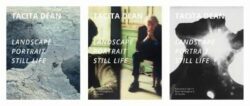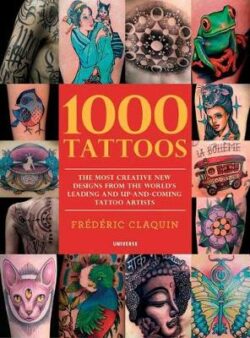Art of Alchemy
$115.00
Low Stock
Description
“Among all the arts, it is the art of alchemy which most closely imitates nature.” Albertus Magnus (teacher of St. Thomas Aquinas), ca.1250 Alchemists are notorious for attempting to synthesise gold. Their goals, however, were far more ambitious: to transform and bend nature to the will of an industrious human imagination. For scientists, philosophers, and artists alike, alchemy seemed to hold the key to unlocking the secrets of creation. Alchemists’ efforts to discover the way the world is made have had an enduring impact on global artistic practice and expression. Concoctions produced in the world’s alchemy labs include inks, dyes, and oil paints; cements and ceramic glazing; dazzling effects in metalwork and glass and the modern media which now claim boasting rights as the ultimate chemical mirrors of nature: photography and the liquid crystal displays of the digital world. Alchemy may well be the most important human invention after the harnessing of fire. It was certainly a direct result, with consequences both inspired and dire. The field spurred on advancements in the visual arts and aids to human health. Ancient Chinese alchemists also unleashed the black magic of gunpowder onto the world of warfare. This book is the first to explore how the art of alchemy globally transformed human creative culture from antiquity to the industrial age, and displays the ways its legacy still permeates the world we make today. AUTHOR: Since 2002, David Brafman has been the rare books curator at the Getty Research Institute. In 2016-2017 he curated the exhibition The Art of Alchemy. He is coauthor of Insects and Flowers: The Art of Maria Sibylla Merian (Getty, 2008) and L.A. Graffiti Black Book (Getty, 2021) and is a contributor to Cave Temples of Dunhuang: Buddhist Art on China’s Silk Road (Getty, 2016). SELLING POINTS: . All there is to know about alchemy, in beautiful pictures and fascinating stories . Easy to read, richly illustrated with unique images and prints . By David Brafman, Curator of Rare Books at the Getty Research Institute . New book in the successful Wunderkammer series 180 colour, 40 b/w illustrations
Additional information
| ISBN | 9789401488808 |
|---|---|
| Dimensions | 185 x 245 mm |
| Book Type | Hardback |
| Author | David Brafman |
| Author Bio | Since 2002, David Brafman has been the rare books curator at the Getty Research Institute. In 2016-2017 he curated the exhibition The Art of Alchemy. He is coauthor of Insects and Flowers: The Art of Maria Sibylla Merian (Getty, 2008) and L.A. Graffiti Black Book (Getty, 2021) and is a contributor to Cave Temples of Dunhuang: Buddhist Art on China's Silk Road (Getty, 2016). |
| Number of Pages | 176 |




